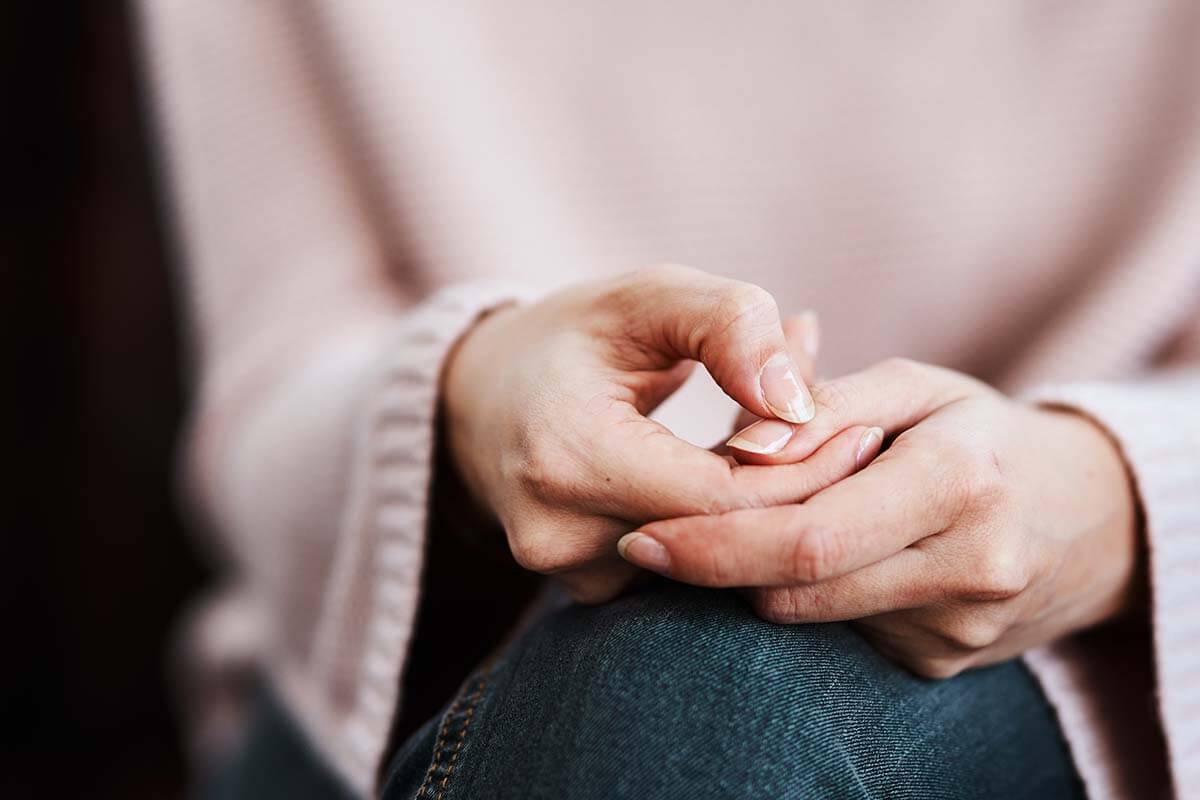Intimate Partner Violence, also referred to as IPV or Domestic Violence, is a tragically common occurrence. Roughly 1 in 4 women and 1 in 10 men will experience IPV. This can include behavior such as coercion and controlling behaviors, sexual abuse, stalking, reproductive coercion, economic abuse, and isolation.
Over the past year, reports have shown that rates of domestic violence rose during the pandemic. Learn more about the tragic effects that economic uncertainty and isolation have had on victims of abuse.
The Pandemic Saw an Increase in Domestic Violence
Since March of 2020, there has been growing concern over the impact the pandemic has on victims of IPV. A publication by Elsevier, a Netherlands-based publishing company, reported an alarming increase in domestic violence trends.
For example, in Portland, Oregon schools closed on March 16th, 2020, and stay-at-home orders went into effect on March 23rd. Following this, the Portland Police Bureau recorded a 22% increase in arrests related to domestic violence compared to prior weeks. Similarly, in San Antonio, the Police Department received an 18% increase in calls pertaining to family violence in March of 2020 compared to March of 2019.
The National Domestic Violence Hotline also reported an increase in calls in 2020. Initially, the Hotline reports a decreased call volume in March 2020 compared to March 2019, likely due to victims feeling unsafe reaching out while in close proximity to their abuser during lockdown. However, call volume increased as shelter in place orders were lifted, with April of 2020 seeing 15% more calls than April of 2019.
The National Domestic Violence Hotline also notes that of all the individuals who contacted them, roughly 10% indicated that COVID-19 had impacted their situation. That could include abusers using COVID-19 to control their victim, or it could indicate that resources such as shelters were unavailable due to the pandemic.
It’s important to remember that, while these numbers are startling, they could also be lower than the actual number of individuals who suffered from domestic violence in 2020 and 2021. The California Policy Institute warns that proximity to abusers at home and concerns about virus transmission in shelters could very well deter victims from calling for help.
Isolation and Other Risk Factors Exacerbated by COVID-19
This concerning increase in domestic violence cases occurred in part due to the unique circumstances brought on by COVID-19. Disasters like the pandemic aggravate social and livelihood stresses that lead to intimate partner violence, according to Dr. Clare Cannon of UC Davis.
These stresses include issues such as financial entanglement – economic factors can make it harder for victims to escape IPV. An April 2020 study, on which Dr. Cannon was the lead author, found increased financial stress during the pandemic. This trend reflects similar patterns found during the 2008 recession when financial stress and job loss were linked to increased intimate partner violence.
Social isolation, which has also increased due to COVID-19, is another risk factor for domestic violence. Abusive partners often isolate their significant other from their support system because it gives them greater power and control.
The effects of the COVID-19 will be felt for a long time to come, particularly for survivors of intimate partner violence. Practices such as creating a safety plan, practicing self-care, and maintaining social connections can help survivors feel safer. Learn more from the National Domestic Violence Hotline.
